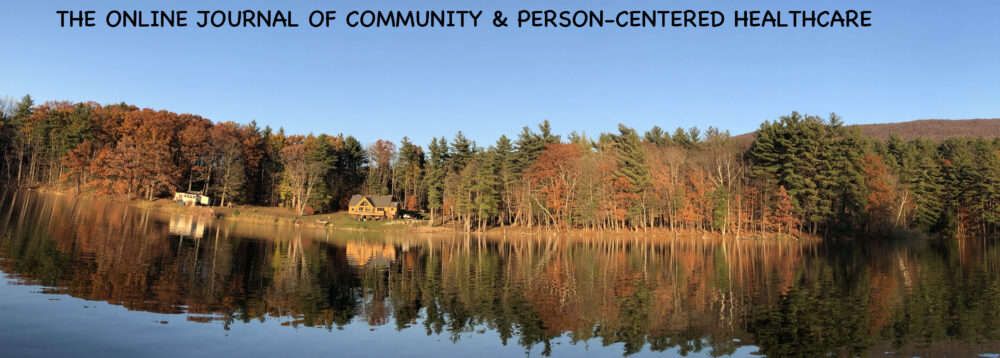Clara Luu’s poem is the most eloquent description of severe atopic dermatitis ( often called S.A.D.) that I have come across in a long dermatological career. If you read it, you don’t need all the textbooks or review articles. It speaks to what we are trying to do with the OJCPCD.
Persistent scratches ripping through the tranquility of the night,
and bedsheets dusty with flaked skin,
mingled with dried blood in the mornings.
Her skin stained with the purple sting of potassium permanganate,
burning from the relentless scorch of tea tree oil, smothered in topical corticosteroids.
Bandaged to retain moisture. Unbandaged to promote air flow.
A blur of diagnoses and “diagnoses” paraded by,
convictions by professionals and well-meaning relatives:
“No heat, no chlorine, no sunshine, no pollen. No butter, no wheat, no potato chips, no fat, no chocolate, no seafood, no meat, no sugar, no salt!”
Too much American food. oxidized oils, pesticides, hormones-those damn Oreos, all to blame.
“This doesn’t appear to be a food allergy, but we can run some tests…”
“You see, the American doctors don’t study this. This is a question of inner body balance…”
A question of hotness and coldness of the body, toxicity, mystery, cortisone creams.
And a vicious cycle of irritation, scratching,
broken skin, infection, itchiness,
crying, scolding, shouting, scratching…
And the mingling of voices of authority spilled over the reddened cracks in her skin
and filled her heart with guilt and inadequacy.
“You are the only one who knows your body. Only you can know what to do for yourself-”
And the bitterness of her condition was accentuated
with the bitterness of soups and broths and reductions,
darkly resplendent with Chinese medicinal herbs, kernels, stalks, and shoots.
Later, with disappointment and failures came desperation
Cycling through past attempts, various diets. The doctors’ echoes weren’t very much help-
the relief provided through the prescribed creams and ointments was ephemeral.
Though some knowledge provided comfort – like the dreaded skin prick testing –
her back gridded into a 5×7 rectangle and stabbed thirty-five times
to reveal her body’s weaknesses towards watermelon, shrimp, milk, Kentucky bluegrass,
timothy hay, walnuts, chicken, turkey, sea bass, lobster, dust, mold, and cockroaches –
Her skin still burned and flared, cracked and red and dry and unforgiving, betraying her.
I’ve watched the parade of well-meaning people walking in and out of her life: smiling
pediatricians, puzzled dermatologists, vehement relatives. No one is to blame.
I’ve watched her sneak Oreos away from the pantry, stealing bites of childhood innocence;
shopping for turtlenecks; being tormented by other children
for the ragged appearance of her skin.
Watched my father drive three hours to the only Costco that stocked unscented Keri Soothing Dry Skin Formula and return home with thirty cases of three bottles each
(which by the way, also didn’t work).
And I’ve watched her grow up and out of her skin,
which still bears the scars and rough patches of struggles and treatments,
up and out of reticence, sensitivity, resentment, confusion, worthlessness.
Rising above the motley patchwork of voices to wholeness.
For easier reading see: Quilted.
 Author Bio: Clara Luu was born and raised in San Jose, CA. She is currently a sophomore at Stanford University, studying Human Biology and living an exciting pre-med life. “Quilted” is drawn from a composite of household dermatological experiences from her childhood. This piece written for the “Becoming a Doctor” medical humanities seminar taught by Professor Larry Zaroff. It exemplifies the key motifs motivating Clara to pursue a career in medicine: the mutifaceted aspects of wellness, the importance of culturally sensitive medicine, the strong role of family in the healing process, and the mysteries of some medical conditions that are the catalyst for exploration, discovery, and compassion.
Author Bio: Clara Luu was born and raised in San Jose, CA. She is currently a sophomore at Stanford University, studying Human Biology and living an exciting pre-med life. “Quilted” is drawn from a composite of household dermatological experiences from her childhood. This piece written for the “Becoming a Doctor” medical humanities seminar taught by Professor Larry Zaroff. It exemplifies the key motifs motivating Clara to pursue a career in medicine: the mutifaceted aspects of wellness, the importance of culturally sensitive medicine, the strong role of family in the healing process, and the mysteries of some medical conditions that are the catalyst for exploration, discovery, and compassion.

This poem so vividly describes S.A.D. If we all could understand and imagine what patients go through on a daily life with this potentially severe condition, we will certainly make better phyisicians. This poem indeed speaks for what this journal, OJCPCD, is about. Thank you for sharing the poem, Clara.